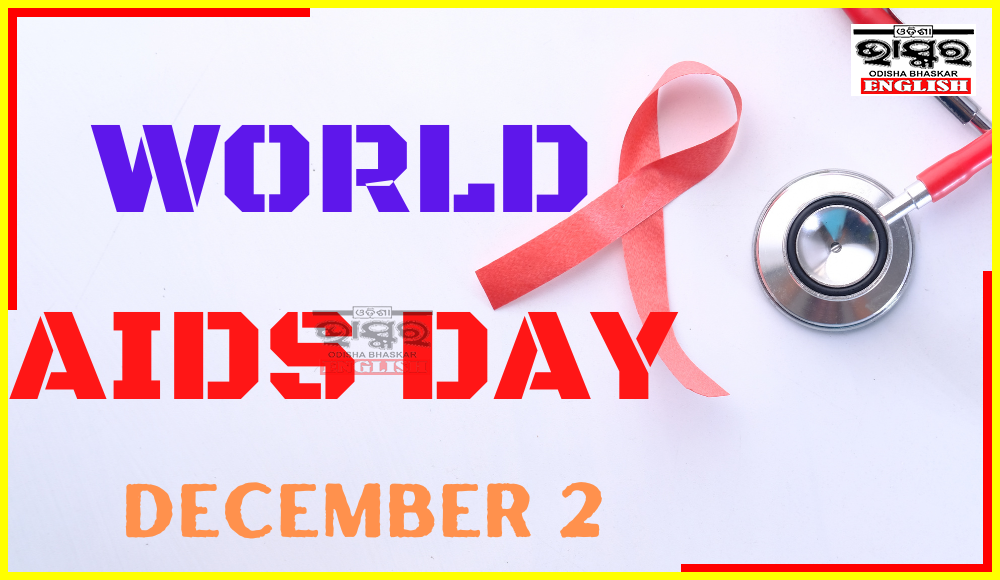Each year, December 1 is observed as World AIDS Day in order to raise awareness and to unite people worldwide in the fight against the global health issue of acquired immunodeficiency syndrome.
History:
World AIDS Day was first designated in August 1988 by James W. Bunn and Thomas Netter, to get some semblance of control over the pandemic that had claimed the lives of so many people. Both James W Bunn and Thomas Netter were public information officers for the AIDS Global Program of the World Health Organisation.
They conveyed the idea for the observation of this day to the Director of the AIDS Global Program, Dr Johnathan Mann, who approved it for December 1. Since the 1990s, research and medical practices have made significant improvement for the care of people living with HIV.
Significance:
World AIDS Day is significant to fight the stigma around it and focus on providing care and support for those who are already living with the disease. Like with most major public health issues, the HIV pandemic has only been presented with further challenges due to the Covid-19 pandemic.
HIV prevention, testing and treatment all took a blow due to the lockdown and the breakdown of essential services during the coronavirus pandemic, which had taken priority, progress against the HIV pandemic has faltered, resources have shrunk and millions of lives are at risk as a result. Hence, World AIDS Day is important because it reminds the public and government that HIV has not gone away – there is still a vital need to raise money, increase awareness, fight prejudice and improve education.
Theme:
The World AIDS Day theme for 2022 is “equalize”. According to UNAIDS, “The slogan is a call to action. It is a prompt for all of us to work for the proven practical actions needed to address inequalities and help end AIDS. These include – Increase availability, quality and suitability of services, for HIV treatment, testing and prevention, so that everyone is well-served. Reform laws, policies and practices to tackle the stigma and exclusion faced by people living with HIV and by key and marginalised populations, so that everyone is shown respect and is welcomed. Ensure the sharing of technology to enable equal access to the best HIV science, between communities and between the Global South and North. Communities will be able to make use of and adapt the “Equalize” message to highlight the particular inequalities they face and to press for the actions needed to address them.”




Comments are closed.